Dressing Your Baby for Sleep: A Parent’s Guide
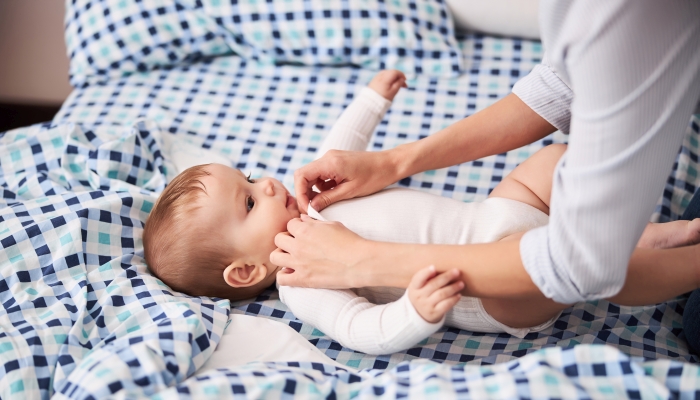
- Sleep is essential for survival and sanity. Dressing your baby for sleep in the right clothing for their surroundings will give you and your little one the best chance to get the rest you need.
- Layered clothing and a sleep sack, or baby sleeping bag, are safe and practical options for your baby’s first year.
- Babies sleep better and safer when they aren’t too warm or too cold. Keep your little one’s face and head uncovered to help prevent overheating.
Watching your new baby sleep is a memory you’ll cherish forever. It is a well-earned chance to savor their sweet sight and soft sounds and marvel at the miracle of new life. Not to mention a much-needed break in your busy schedule.
Sleep is crucial for well-being, for you and your baby. With so many options and so much riding on getting it right, you’re bound to have questions. The last thing you want is to lose sleep worrying about how to dress your baby for sleep. This guide has the answers you need.
What Should a Baby Wear to Sleep?
What your baby wears to sleep will depend on their surroundings.
Pick clothing and bedding to dress baby for sleep that matches the climate and weather where you live.
In Warmer Weather and During the Summer
Baby sleepsuits, short sleeve pajamas, and a lightweight sleep sack or a wearable blanket are ideal.
On Particularly Warm Nights
A simple t-shirt or vest will do. Or you might want to ditch the clothes altogether and dress your baby for sleep in just a diaper.
In Cooler Weather
Layering up with a long-sleeved vest and opting for footed sleepsuits or fleece pajamas and a sleep sack will keep your baby warm and cozy.
Make sure all baby sleepwear is comfortable and snug-fitting.
Ideally, you want to dress your baby for sleep in soft, stretchy fabrics made from natural materials.
Baby pajamas should fit well but not too tightly around your little one’s wrists, ankles, and neck.
Look out for tags or textures that could irritate your baby’s delicate skin. Stay clear of ribbons or strings that might pose a safety risk and avoid loose clothing or blankets that might ride up and cover your baby’s face.
Swaddling can be a great option, particularly if your baby’s fighting sleep. Opt for a lightweight swaddle made from fabrics like cotton or muslin if you live in a warmer area or microfleece for colder climes and winter months.
If you’re not feeling super confident with your swaddling technique, look out for purpose-made swaddling blankets with well-placed zips and poppers to help make life a little easier. These will also help with those inevitable night-time changes.
Sleepwear with front fastenings might just be your new best friend, making night-time changing a snap!
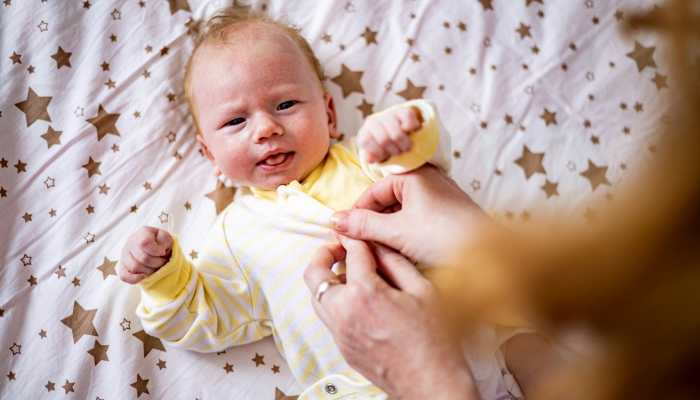
How to Dress Your Baby for Sleep
The ideal temperature for your baby’s sleeping environment is between 68 and 72 degrees Fahrenheit.
But whatever the weather, this table will help you figure out the layers you need to keep your baby comfortable at various temperatures.
| Room temperature | Dressing options |
| 79° F | Short-sleeved vest only, or 0.5 TOG bedding |
| 75° F | Short-sleeved vest with 0.5 to 1 TOG bedding |
| 71° F | Long-sleeved vest/sleepsuit with 1 TOG bedding |
| 69° F | Long-sleeved sleepsuit with 2.5 TOG bedding or short-sleeved vest and pajamas/sleepsuit with 1 TOG bedding |
| 65° F | Long-sleeved vest and pajamas/sleepsuit with 2.5 TOG bedding |
| 61° F | Long-sleeved vest and pajamas/sleepsuit with 2.5 to 3.5 TOG bedding |
Adapted from information provided by the NHS and Babycentre.
Check labels carefully on sleep sacks or baby sleeping bags as the TOG (thermal overall grade) rating is designed to help you find the right one for your baby and their sleeping conditions.
TOG ratings of 0.5 to 2 are best used in the warmer months of spring and summer. Keep bags with ratings of more than 2.5 for the colder weather in autumn and winter. For comparison, a baby blanket has a TOG rating around 1.5 to 2 and swaddling can increase the TOG rating by up to 4 times.
Hats might be the coolest fashion accessory ever, especially on your little darling. But when it comes to sleep time, they’re not worth the risk.
Hats can lead to overheating, never mind the chance of them slipping down and covering your baby’s face. Allow for the natural release of any excess heat by keeping your baby’s head and face uncovered. Leave the fancy headgear for when you’re out and about.
How Do You Know If Your Baby Is Comfortable?
From the moment your baby is born, and even before, you’re building bonds that last a lifetime. Babies are wired to communicate and you’ll soon learn to pick up on your baby’s cues. Be reassured that most babies aren’t shy about getting your attention, and if they’re not happy, they’ll let you know.
But sometimes you’re sure your baby is tired, you’ve fed them and cleaned them, yet still they won’t sleep. Maybe they’re too hot or too cold? You can make some simple checks to see if this is the case.
Don’t be tempted to check your baby’s hands and feet and leave it at that. These can be poor indicators of their actual temperature as new babies, especially those born early or with a low birth weight, need time for their circulation to mature.
Instead, feel the back of your baby’s neck or the skin on their chest. Your baby should feel slightly warm to the touch. If they feel hot, you might want to turn down any heating or open a window to let in some cooler air.
Overheating is a risk factor for sleep-related infant deaths, so it’s important your baby doesn’t get too hot. Signs of overheating include red, flushed cheeks, wet hair, damp skin, heat rash and rapid breathing. If you notice any of these signs, take off a layer of baby’s bedding or clothing and keep a close eye on them to make sure they’ve cooled off a little.
If you’re using air conditioning or fans to lower the temperature in a room, make sure your baby is kept away from any vents or drafts that might make them uncomfortable.
Babies tend to wake up if they get too cold, so if your touch test comes up chilly – remember: neck or chest is best – you can consider adding a layer or turning up the heating just a touch.
A room thermometer can be a helpful addition to your baby supplies, but it’s not essential.
If you’d feel comfortable laying down in the room where your baby sleeps then it’s likely they will too.
Pretty soon you’ll have had plenty of practice dressing your baby for sleep and wonder why you ever worried. May you and your little one get all the sleep you need.
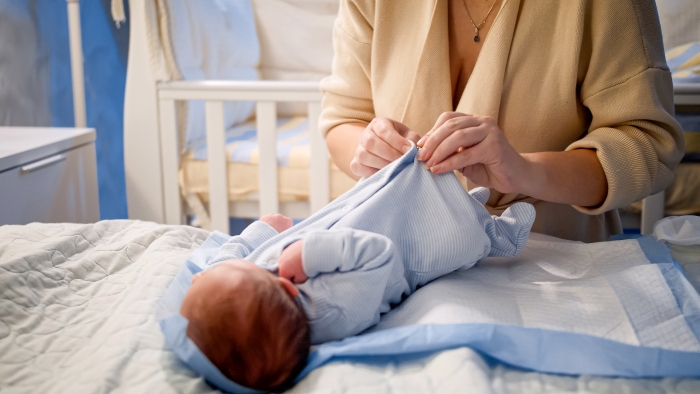
Tips for Safe Sleep
- Always lay your baby to sleep on their back with their feet to the foot of their crib or bassinet.
- Your baby’s sleeping surface should be firm with a tight-fitting mattress and fitted sheets.
- Cot and bassinet mattresses should be replaced for each child. Use the manufacturer’s recommended size and style.
- Remove loose items from your baby’s sleeping space. No blankets, stuffed animals, pillows, or bumpers.
- Make sure there are no loose cords, wires, or mobiles your baby could reach through their cot bars.
Reducing the Risk of Sleep-Related Infant Deaths:
- Sleeping in the same room as your baby for the first year is recommended by the American Academy of Pediatrics (AAP) and is believed to reduce the risk of Sudden Infant Death Syndrome (SIDS) by up to 50%.
- Contact with adults who smoke, drink, or take drugs is thought to increase the risk of SIDS and should be avoided.
- Research shows that breastfeeding reduces the risk of sleep-related infant death by as much as 60%, especially if nursing continues past the 4-month mark.
- Overheating is far more likely to be a safety issue than getting cold. Releasing heat through their head helps keep your baby cool and comfortable. Leaning towards a cooler sleeping environment, rather than too hot, will help your baby sleep better and stay safer.
FAQs
Is it safe to cover babies when sleeping?
Keeping your baby’s head and face uncovered while they sleep helps prevent overheating, allowing excess heat to be released. As for those squidgy little bodies, follow safe sleeping advice. Loose blankets should not be used with babies under 12 months. Sleep sacks, wearable blankets, and swaddling are safe and snuggly alternatives.
Can newborns wear sleep sacks?
Yes. Check labels to ensure the sleep sack is suitable for newborns with a TOG rating that matches your local temperature.
Is it safe for babies to wear a swaddle while sleeping?
Some newborns love to be swaddled and others not so much. If your baby settles well with swaddling, it’s a safe option for the first couple of months. Once your baby can roll over or is showing signs they’re close to this milestone, move to sleep sacks, a better option for your growing baby.
Do babies cry if they’re too hot or too cold?
Babies are more likely to cry when they’re too cold. When overheating, babies can become lethargic, but you’ll likely notice telltale signs of discomfort like sweating, flushed cheeks, and quickened breathing. If you’re concerned, use the touch test on your baby’s chest or neck to check they’re not too hot.
How do I keep my baby warm at night without a blanket?
Layered clothing suitable for the room’s temperature is the best option when dressing your baby for sleep. Pair a long-sleeved onesie or baby pajamas with a sleep sack or swaddle for those chilly nights. Be sensitive to any changes in the environment and if you feel the need to layer up then maybe your baby will too. Additional layers like vests or footed pajamas are ideal to offer your baby a little extra warmth on the coldest nights.
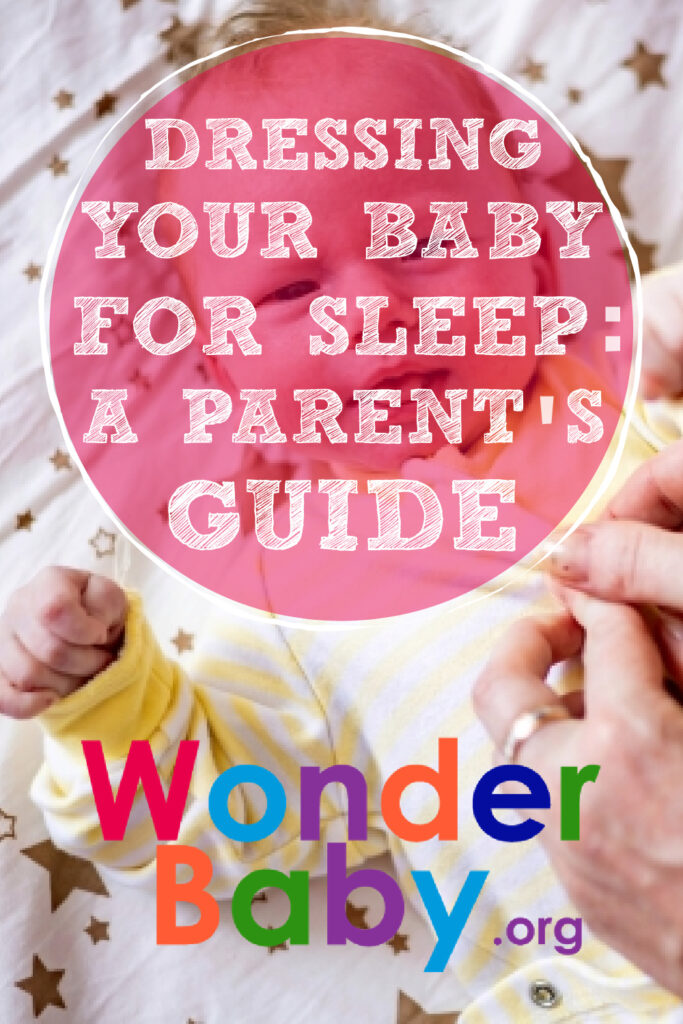
The information WonderBaby provides is not intended to be, and does not constitute, medical or other health advice or diagnosis and should not be used as such. Always consult with a qualified medical professional about your specific circumstances.
Related Posts
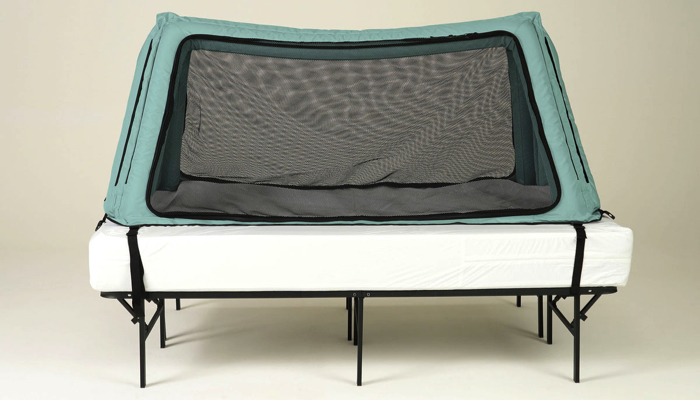
Sleep, Special Needs
Safe Place Bedding Travel Bed Review
Traveling with a special needs child can be stressful! Having a safe, durable, and easy to use travel bed can make traveling so much easier!
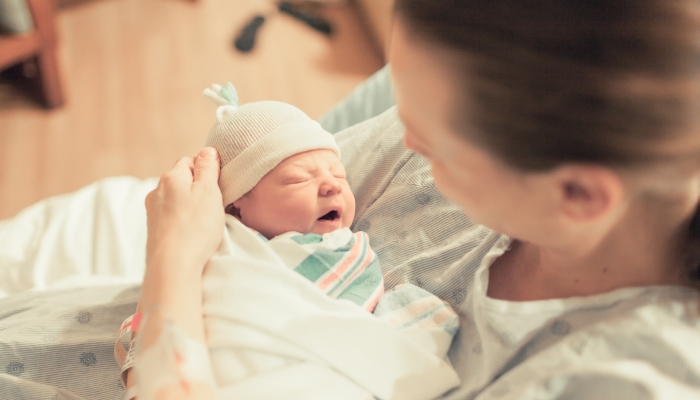
Sleep, Special Needs
Sleep Regimen for Premature Babies: Special Considerations
It can take premature babies much longer than their full-term peers to sleep for long stretches. A preemie sleep schedule may encourage better sleep.
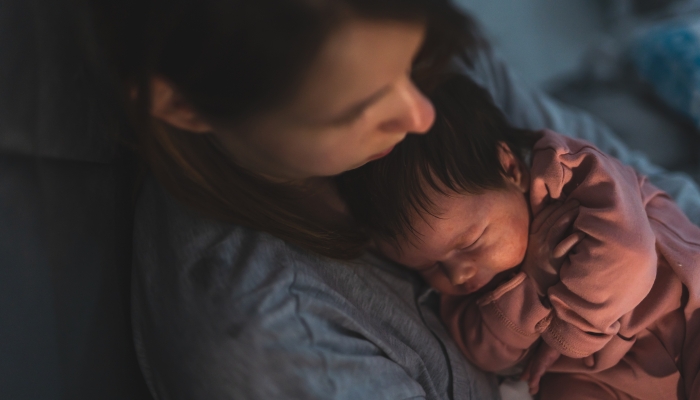
Sleep
Mastering the Bedtime Routine: 3 Tips for a Peaceful Night’s Sleep
From around six weeks, a newborn bedtime routine can help your baby learn the difference between day and night and prepare for a restful night’s sleep.